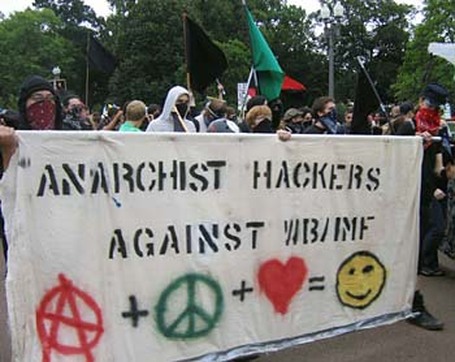
Venezuelan opposition figure María Corina Machado, according to to Nobel Institute director Kristian Berg Harpviken, will travel to Oslo to collect her Nobel Peace Prize on December 10.
As news goes, Machado’s alleged trip pings three different stories.
First, there’s the story of whether someone who’s supported multiple violent coup attempts, backs international sanctions, and calls for foreign military intervention, all to put herself in political power, really deserves a “peace” prize.
Given the warlike records of past recipients such as Woodrow Wilson and Henry Kissinger, I guess Machado’s not really an outlier, but rather an exemplar of the politicized nature of the award. The only metric by which she really looks very good is by comparison to the regime she opposes.
Then there’s the story of the reaction from that regime, headed by “president” Nicolás Maduro (who seems to have lost the last election, even after banning Machado’s candidacy, yet remains in power). If she leaves the country, Maduro’s attorney general says, Machado becomes a “fugitive.” She’s so far avoided (recent) arrest, mostly remaining in hiding, and it’s unlikely that she’d face extradition back to Venezuela and into the regime’s hands if she leaves, but it’s still not a very good look (Maduro and Co. are masters of the not very good look).
The biggest story, though, is the US regime’s continuing escalation in and around Venezuela.
President Donald Trump embarked on a serial murder spree around the Caribbean in September, ordering boats (and people) blown up by US military forces on the pretense that he’s fighting a “narco-terrorist cartel” headed by Maduro (on whose head he’s placed a $50 million bounty). He’s also steadily increased the US military presence in the region, rattling the American saber for “regime change” in Caracas.
It’s been tempting, so far, to write Trump’s belligerence off as an attempt to distract from his domestic political failures (including the longest “government shutdown” in history) and personal scandals (such as his long, close personal relationship with the late sex trafficker Jeffrey Epstein).
On the other hand, if he’s really going to take the US to war with Venezuela, what better moment — for theatrical and propaganda purposes — to launch a full-scale attack than just as his quisling of choice accepts a “peace prize” in Oslo?
It’s an evil and stupid idea, but given the US government’s long record of evil and stupidity when it comes to Latin America, it shouldn’t exactly surprise anyone.
It’s tempting to hope for a war in which both authoritarian kleptocracies find ways to lose. Unfortunately, the biggest losers in every war are the civilian non-combatants of all the countries involved.
If the program is really”America First,” the policy will be “hands off Venezuela.”
Thomas L. Knapp (X: @thomaslknapp | Bluesky: @knappster.bsky.social | Mastodon: @knappster) is director and senior news analyst at the William Lloyd Garrison Center for Libertarian Advocacy Journalism (thegarrisoncenter.org). He lives and works in north central Florida.
PUBLICATION/CITATION HISTORY


